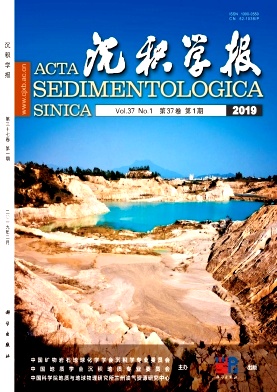Indicator of Flood Events Based on Floodplain Sediments: A case study of Xiu River
doi: 10.14027/j.issn.1000-0550.2018.094
- Received Date: 2017-08-08
- Rev Recd Date: 2018-01-03
- Publish Date: 2019-02-10
-
Key words:
- Xiu River /
- abnormal flood events /
- floodplain sediments /
- hydrological records /
- granularity index
Abstract: A floodplain is a fluvial geomorphic unit formed by a flood that flows over the natural levee and below the river and is a unique sedimentary system formed by flood processes that contains a great deal of river hydrological information. However, because of the lateral sway of the river and the fast deposition rate of the floodplain, the sedimentary environment of the floodplain changes rapidly, which means that the floodplain sedimentary system has not been adequately studied for a long time. We examine the modern floodplain, on the right bank of the Xiu River in the triangle township of Yongxiu County, along the lower reaches of the river, as our case study. Testing the specific activity of 137Cs to establish the time scale, based on particle size and combined with the meteorological and hydrological observation data, we explore the instrument for the floodplain depositional system of flood event records and record features. Study shows that during the larger floods with the hydrodynamic instability, coarse grain size, poor sorting (or good), and wide particle size span; This section reveals 14 larger flood years have occurred since 1953 with a high detection rate. The average particle size (μm) and SS (sorting coefficient×particle size span) are the best indicators for flood events. These floods can be called abnormal floods, which are different with extreme flood inversions based on stagnant water deposition. Therefore, to a certain extent, this study will broaden the content and connotation of the ancient flood research.
| Citation: | LIAN LiCong, LING ChaoHao, LI XiaoFeng, CAO XiangMing, MAO DuanQian, WAN ZhiWei, JIA YuLian, NIU WenYu. Indicator of Flood Events Based on Floodplain Sediments: A case study of Xiu River[J]. Acta Sedimentologica Sinica, 2019, 37(1): 135-142. doi: 10.14027/j.issn.1000-0550.2018.094 |






 DownLoad:
DownLoad: